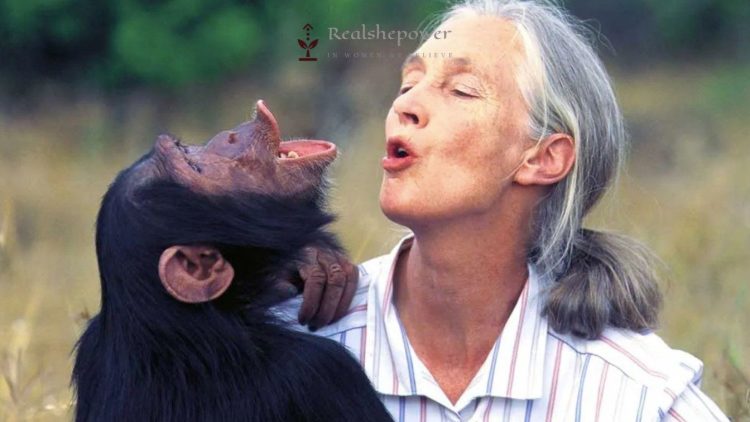The Story Of Jane Goodall: A Tireless Advocate Of Animal Protection For The Last 60 Years


A young Englishwoman, Jane Goodall, conducted chimpanzee research in Africa and revolutionized primate science forever.
Meet Jane Goodall, an anthropologist, primatologist, and ethologist. A great scientist whose ground-breaking findings altered our knowledge of the natural world and human nature. With no formal academic training, the young Englishwoman walked into the woodlands of what is now Gombe Stream National Park in Tanzania at the age of 23.
Jane was persuaded to go to Kenya by a friend. She knew she had to go on this trip right away, and she did. One fine day on an observation safari in Tanzania, she encountered the eminent anthropologist Louis Leakey.
After observing Jane’s considerable knowledge and enthusiasm to study and explore the wild, Dr. Leakey offered to assist her with her chimp studies. Jane filed for residency in Tanzania, which was still a British territory at the time, but her request was denied. The British government declined to take on the risk of a young woman living alone in a dangerous situation. After much wrangling, the authorities ultimately agreed to let her live in Africa and pursue her goal if she brought her mother with her. Jane has attributed her success to her mother’s faith in her.
As Jane got up close and personal with the chimp world, she made startling revelations. The journey, however, was not without its difficulties. The chimpanzees initially ran away when they spotted her. After a month, she became more circumspect and kept a safe distance from them.
Jane gathered information on their actions. She labelled her observations with monkey names she made up: Fifi, Flo, Mr McGregor, and David Greybeard. She wrote about the chimps as individuals with distinct personalities and traits. For example, when a female chimp named Mrs Maggs was making a treetop nest for the night, Jane noted that the chimp “checked the branches just the way a person evaluates the springs of a hotel bed.”
Jane’s days consisted of spotting the animals with her binoculars followed by gently approaching them so that they would become accustomed to her presence. She made two remarkable discoveries that turned established science on its head, thanks to her unwavering effort, commitment, and time.
She discovered a chimp munching on the carcass of a tiny animal in her first finding, defying the popular notion that apes don’t eat flesh. Her second find was a chimp squatting next to a termite mound, picking a blade of grass and poking it into a tunnel. It was covered in termites as he pulled it out, which he slurped down. Jane witnessed the chimp picking a twig and stripping it of its leaves before using it to catch termites. She observed that chimps have a tool-making ability, an ability which was previously thought to be limited to humans.
Jane’s foray into the wilderness defied a slew of clichés. She transformed the world for the better by entering a male-dominated sector. Jane challenged the world of primate science. Above all, she taught humans to cherish the wild.
Jane Goodall, at the age of 88, continues to travel 300 days a year. She raises awareness about the need to protect chimps and their habitat and urges people to be more humane and kind.

“Let us develop respect for all living things. Let us try to replace violence and intolerance with understanding and compassion. And love.”
-Jane Goodall
